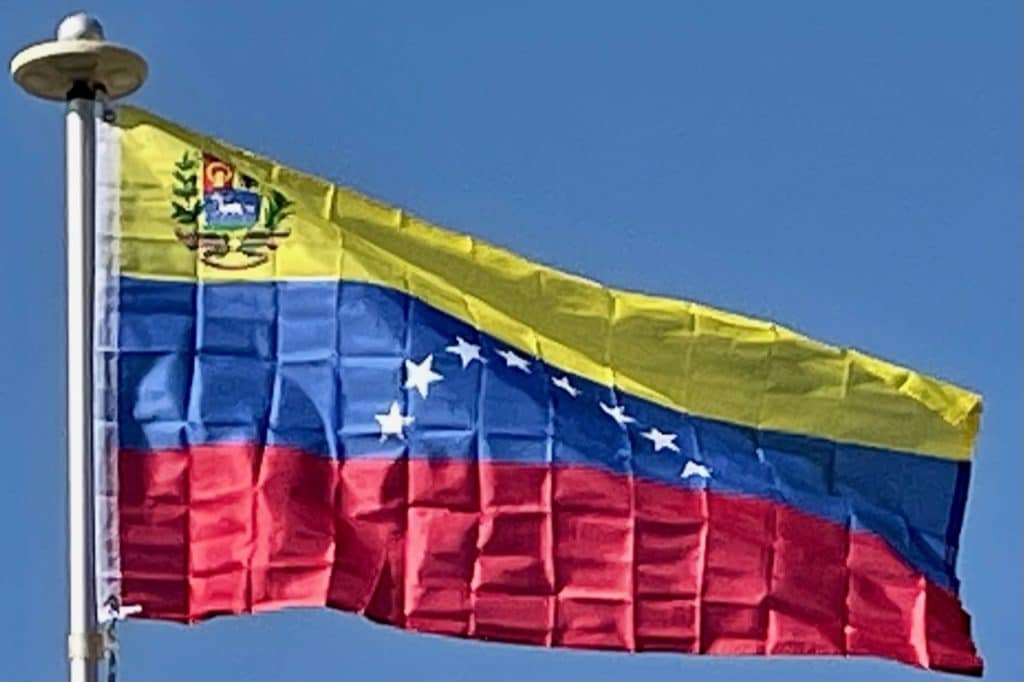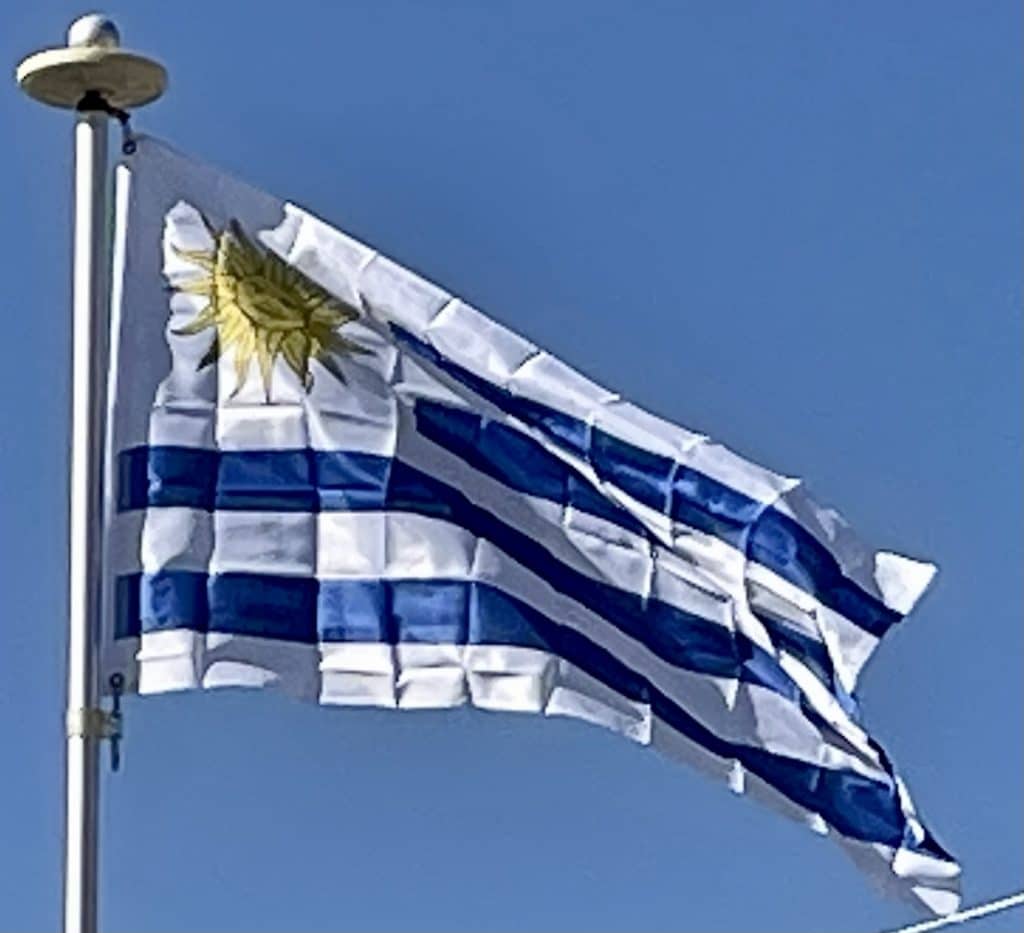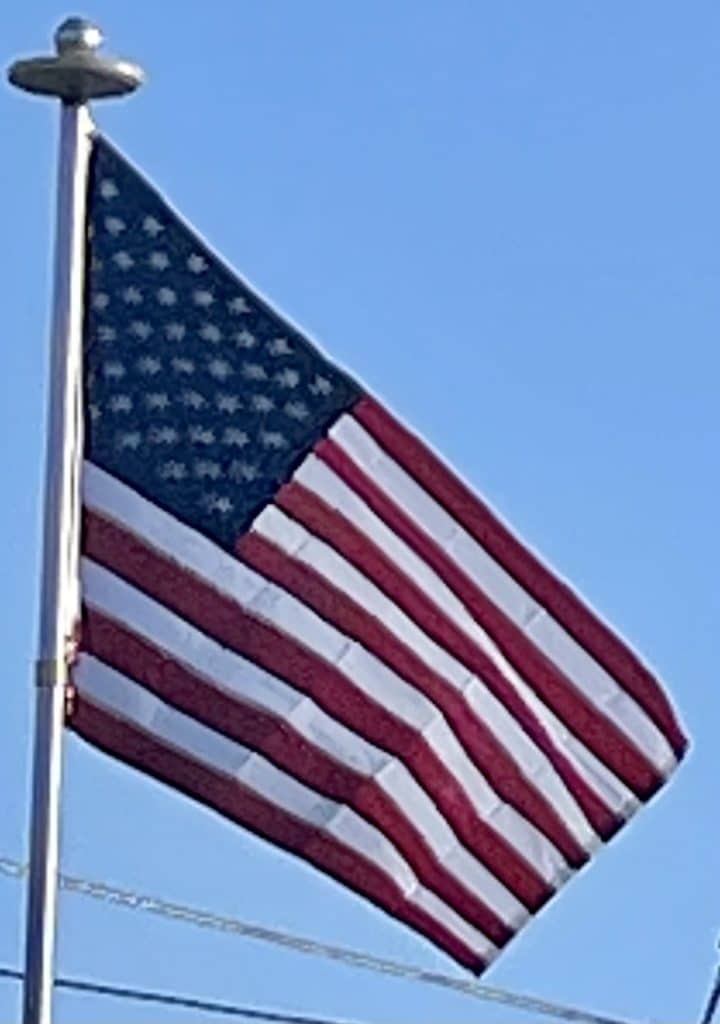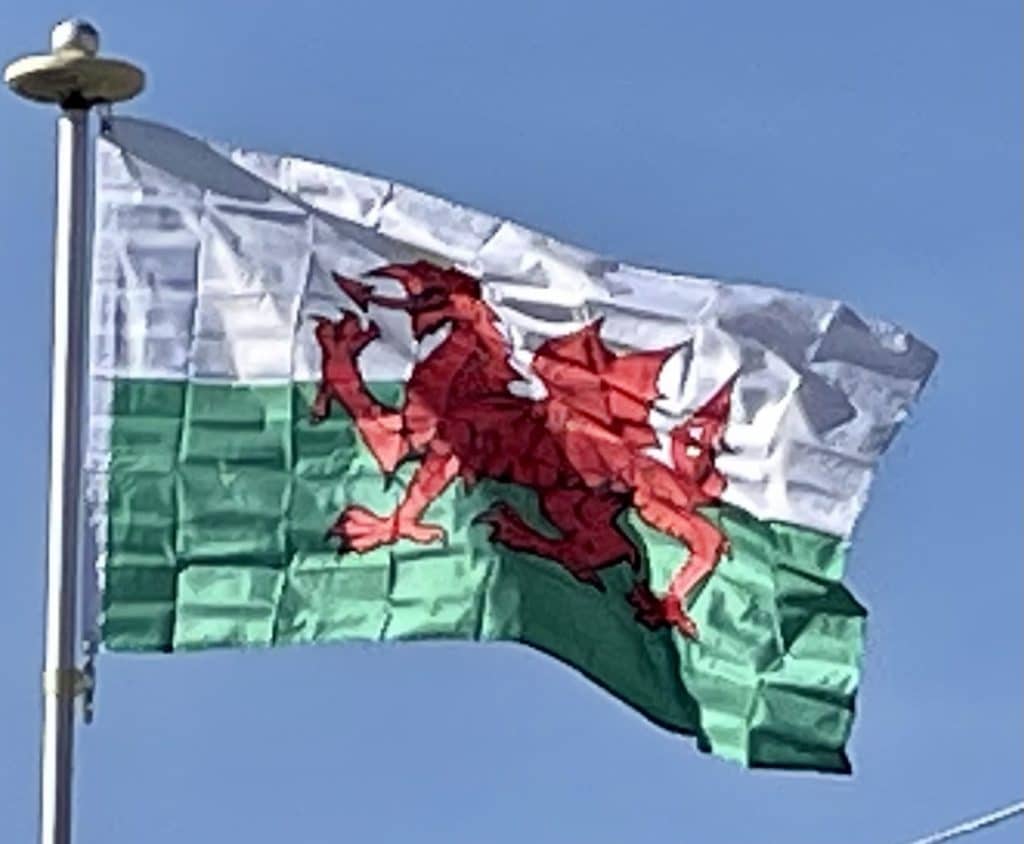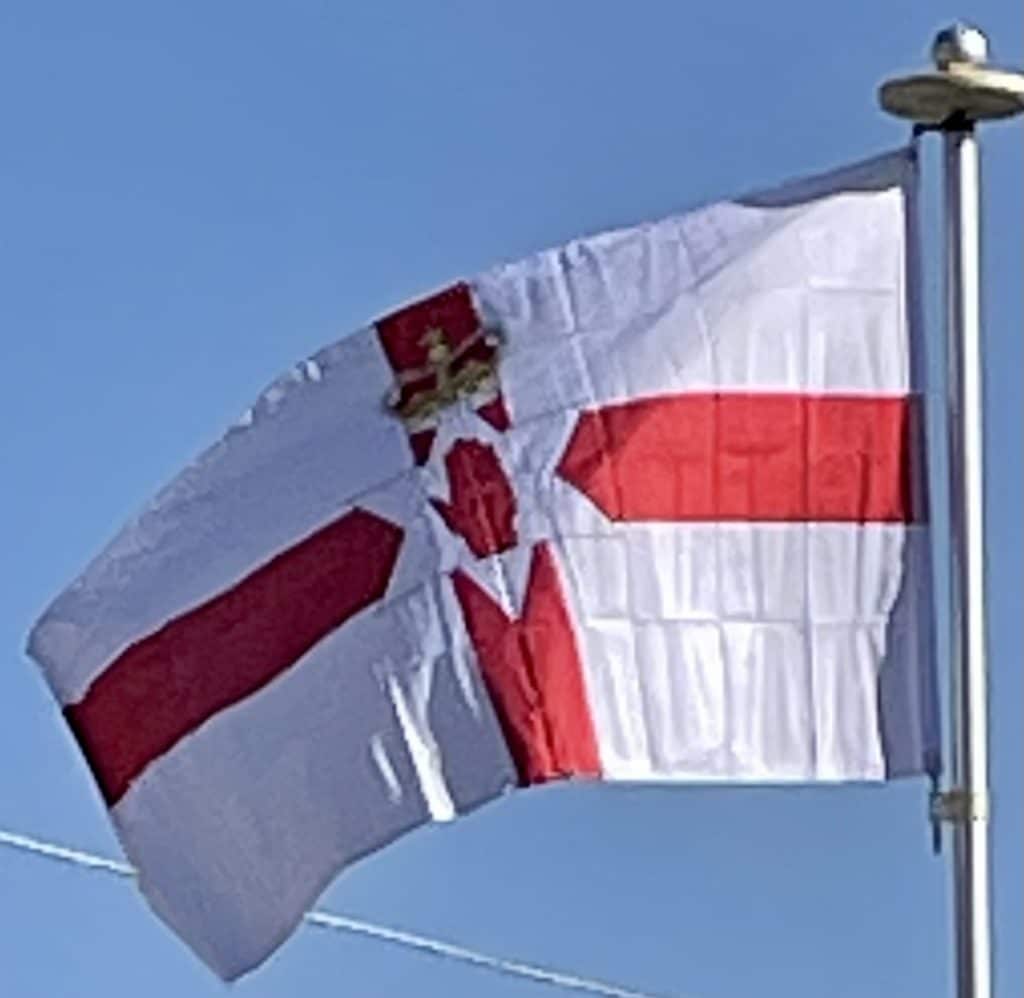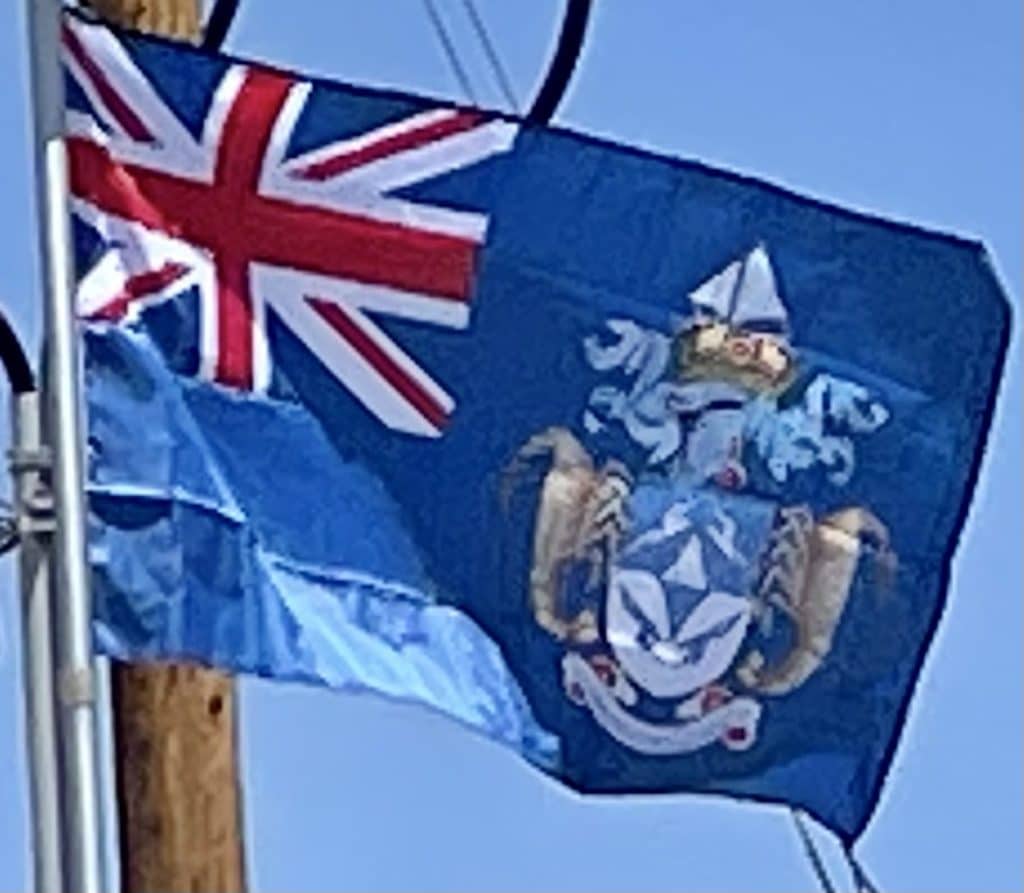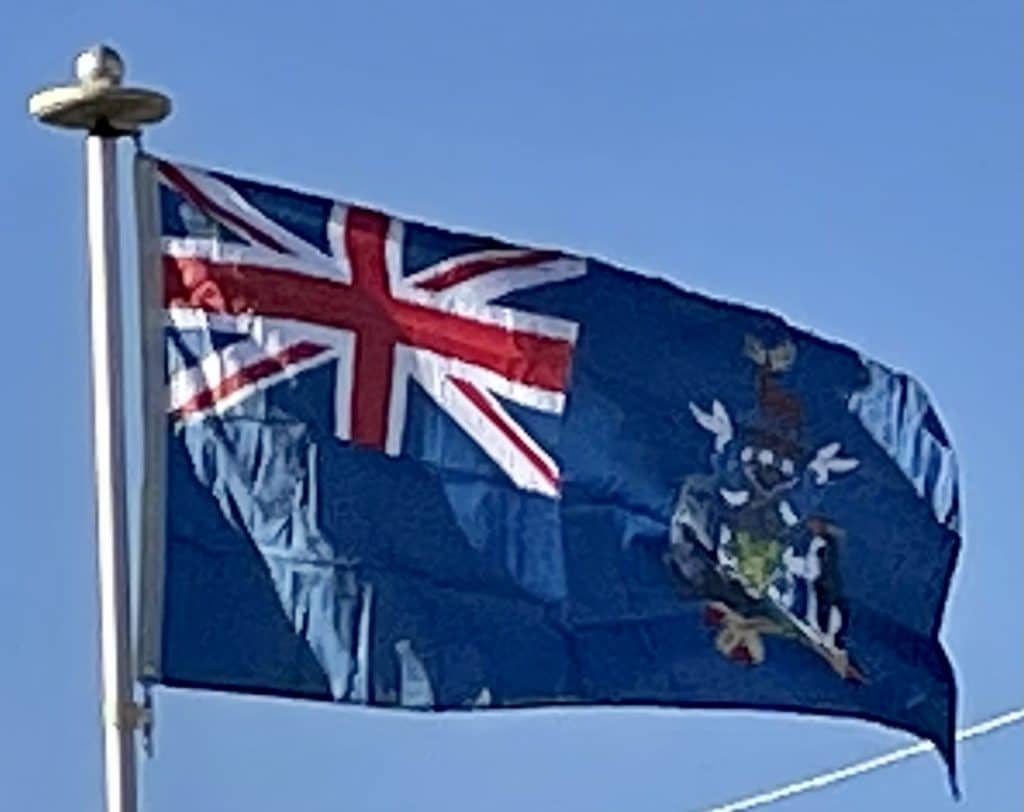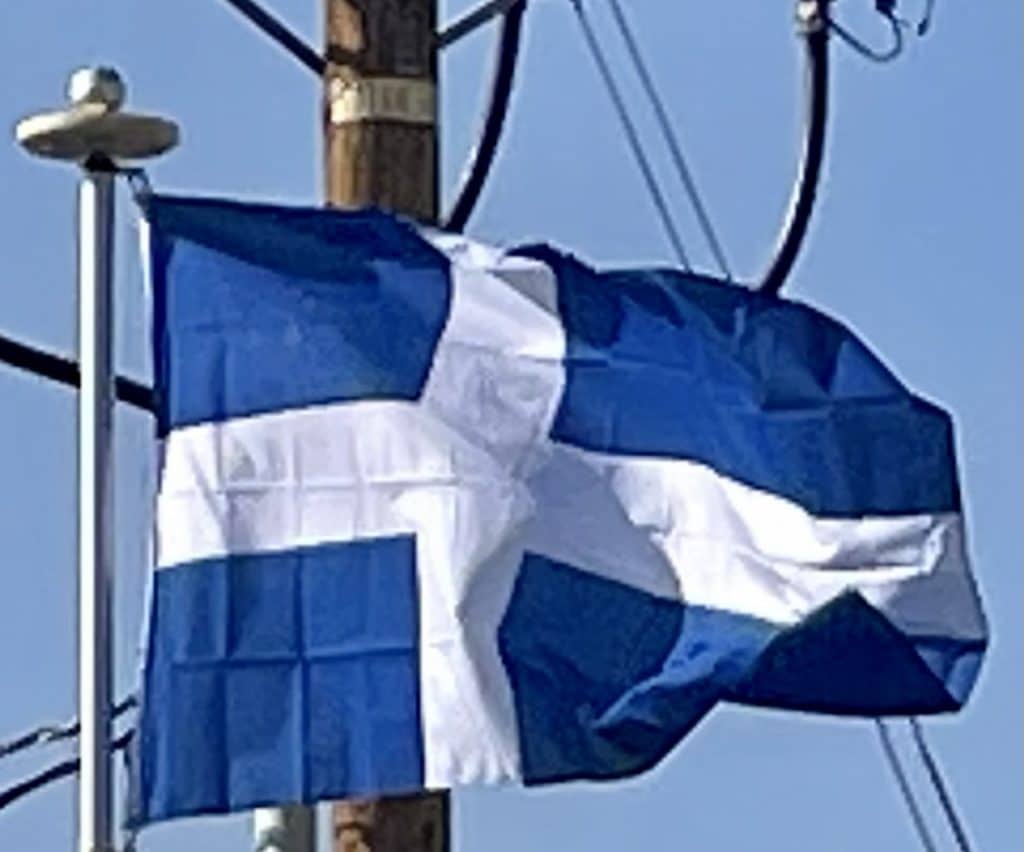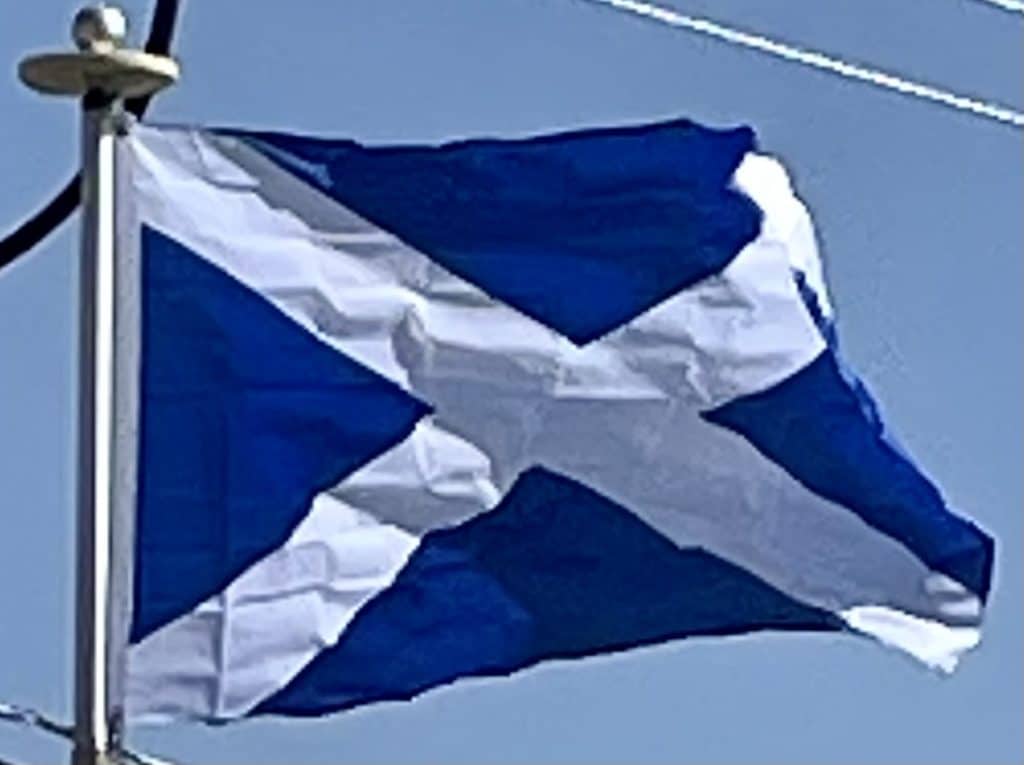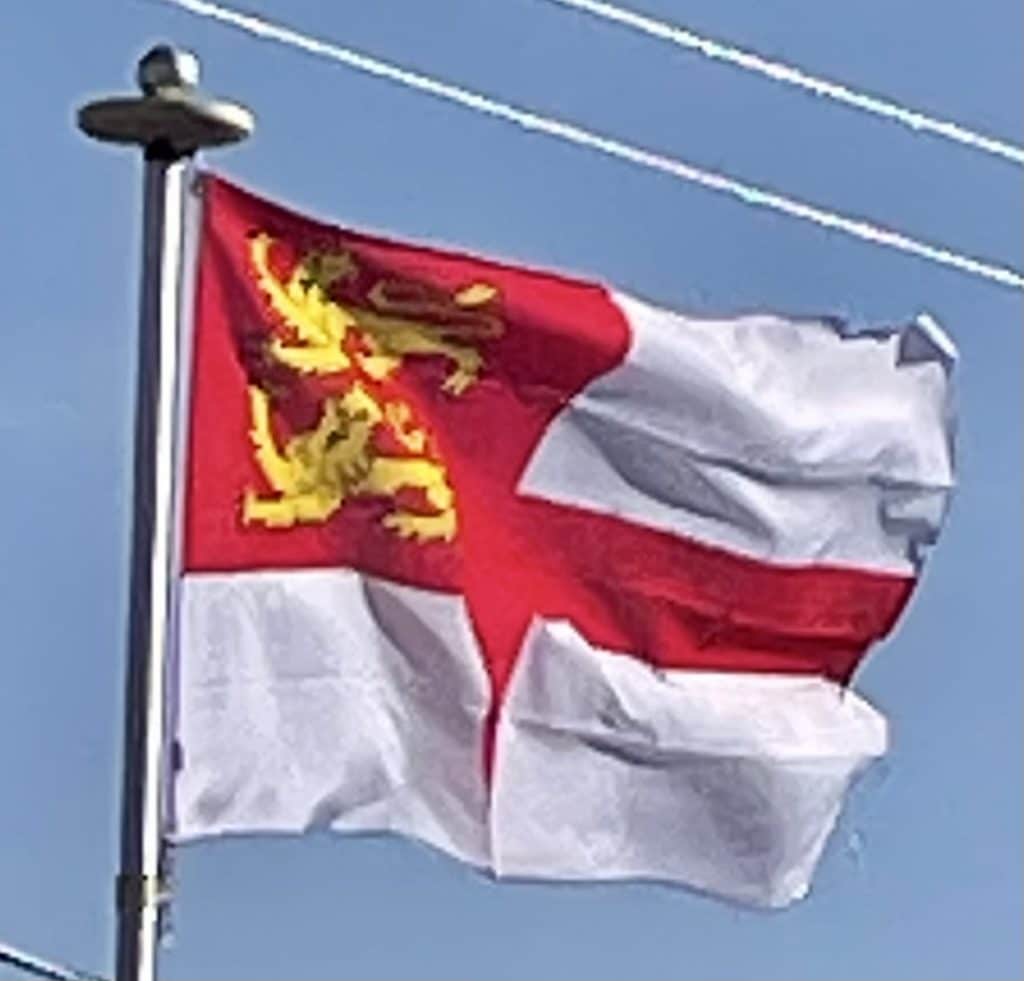Venezuela
The current eight stars flag of Venezuela was introduced in 2006. The basic design includes a horizontal tricolor of yellow, blue, and red, dating to the original flag introduced in 1811, in the Venezuelan War of Independence.
Further modifications have involved including a set of stars, multiple changes to the placement and number of stars and inclusion of an optional coat of arms at the upper-left corner. Along with Afghanistan, Bolivia, Costa Rica, Dominican Republic, Ecuador, El Salvador and Haiti it is one of only eight national flags in the world which has a depiction of its flag within the flag itself.
